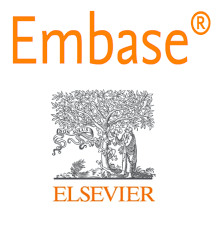An evaluation Study on Prevalence, Causative Factors, Risk Factors, and Outcomes of Respiratory Distress in Term Neonates and Its Association with Gender: A Study in a Tertiary Care Centre
Keywords:
Respiratory distress, Gender.Abstract
Background: Respiratory distress (RD) is a significant cause of neonatal morbidity in term infants, with potential gender-based variations. This study examines its incidence, causative/risk factors, outcomes, and gender association. Objective: Determine incidence, causative/risk factors, outcomes, and gender association of RD in term neonates. Methods: A prospective observational study of 76 term neonates (≥37 weeks) with RD admitted to a tertiary care NICU. Data on sociodemographic, maternal/neonatal factors, and outcomes were analysed using descriptive statistics, chi-square tests, and logistic regression. Results: The incidence of RD was 18.4% (76/413 term admissions). Common causes: transient tachypnoea (TTN, 42.1%), meconium aspiration (MAS, 23.7%), and sepsis (14.5%). Males constituted 61.8% of cases. Significant risk factors included caesarean delivery (OR=2.1, *p*=0.03) and maternal diabetes (OR=1.9, *p*=0.04). Mortality was 2.6%, all in MAS cases. Conclusion: Male gender and caesarean delivery significantly increase RD risk. Early identification of modifiable risk factors can improve outcomes.
.png)









